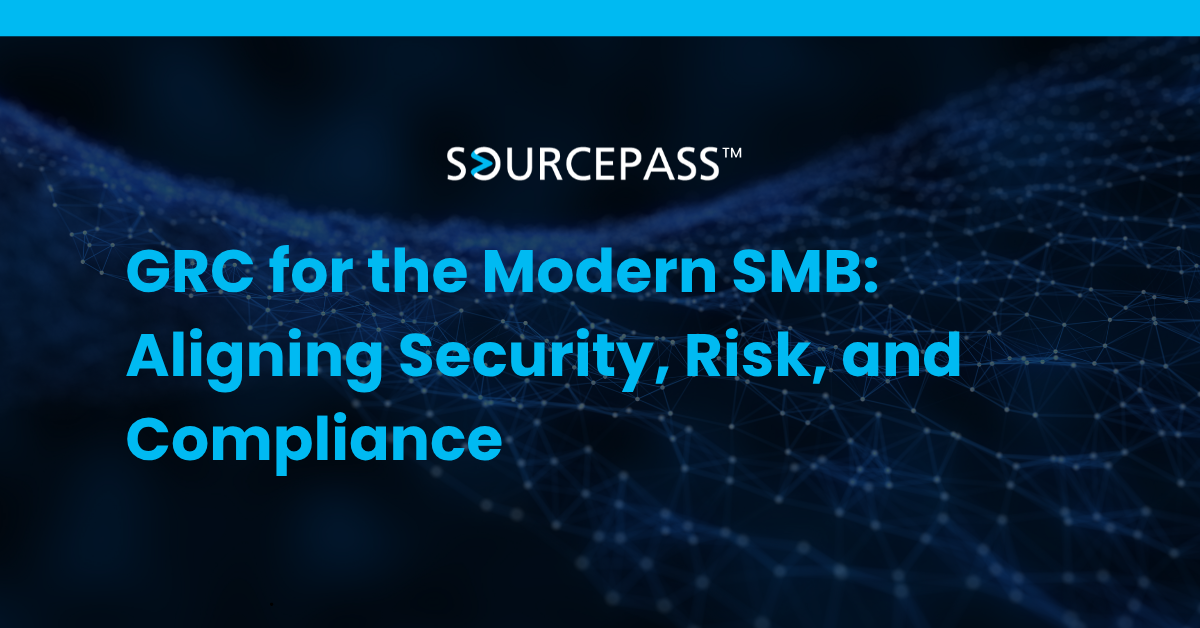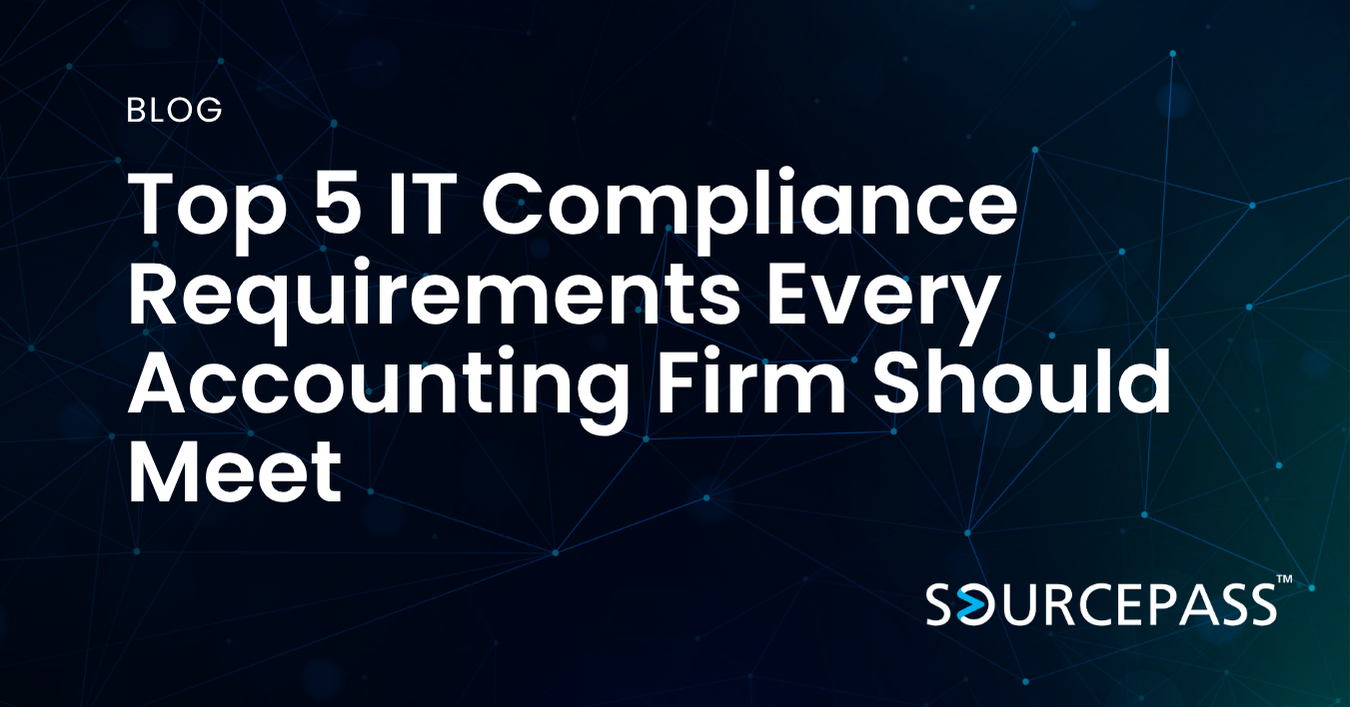GRC for the Modern SMB: Aligning Security, Risk, and Compliance
Oct 28, 2025 Alex Davis Governance, Risk & Compliance 2 min read



For small and mid-sized businesses (SMBs), managing governance, risk, and compliance (GRC) can feel overwhelming. Limited resources, growing regulatory requirements, and increasing cybersecurity threats make a unified approach essential.
A well-designed GRC program helps SMBs reduce business risk, streamline processes, and build accountability across teams. This guide explains how to implement a practical GRC strategy tailored for modern SMBs.
1. Establish a Right-Sized GRC Foundation
Before implementing tools or frameworks, define the scope and priorities for your SMB.
Key steps:
-
Identify critical business processes and data assets
-
Assess regulatory requirements relevant to your industry
-
Define roles and responsibilities for risk management and compliance
-
Set realistic policies and procedures that align with your resources
Tip: Focus on areas with the highest risk exposure first, such as financial reporting, data privacy, or IT security.
2. Build a Practical Framework and Use Effective Tools
A practical GRC framework ensures that policies, controls, and audits are manageable for small teams.
Framework components:
-
Risk Management: Identify, assess, and prioritize risks across operations and IT
-
Policy Management: Centralize documentation, approvals, and updates
-
Compliance Tracking: Monitor regulatory requirements and internal standards
-
Incident Management: Log issues, track remediation, and report trends
Recommended tools:
-
Cloud-based GRC platforms for SMBs
-
Automated workflows for policy distribution and acknowledgment
-
Centralized dashboards to visualize risks and compliance metrics
Benefit: Streamlined processes save time, reduce errors, and provide leadership with visibility into the organization’s risk posture.
3. Build a Culture of Accountability and Continuous Improvement
GRC is not just a set of processes—it’s a culture. SMBs succeed when every employee understands their role in reducing risk and maintaining compliance.
Strategies to embed GRC culture:
-
Conduct regular staff training and awareness programs
-
Communicate policies clearly and ensure easy access
-
Celebrate compliance milestones and improvements
-
Review and update risk assessments and policies periodically
Outcome: A culture of accountability strengthens resilience, protects assets, and ensures long-term compliance.
4. Measuring Success in SMB GRC Programs
Track key performance indicators (KPIs) to measure GRC effectiveness:
-
Number of identified and mitigated risks
-
Policy acknowledgment rates and training completion
-
Number of compliance incidents or audit findings
-
Reduction in security or operational incidents
Regular measurement allows SMBs to optimize processes, improve controls, and demonstrate accountability to stakeholders.
FAQ: GRC for SMBs
Q1: What is GRC and why is it important for SMBs?
A: GRC stands for governance, risk, and compliance. It helps SMBs manage risks, meet regulatory requirements, and improve operational efficiency.
Q2: How can SMBs implement GRC without a dedicated team?
A: Start small by prioritizing high-risk areas, using automated tools, and leveraging external advisors or MSPs for guidance.
Q3: What tools are best for SMB GRC programs?
A: Cloud-based GRC platforms, risk dashboards, policy management systems, and automated compliance tracking tools are effective for SMBs.
Q4: How often should SMBs review their GRC program?
A: Regularly, ideally quarterly or after significant changes in operations, regulations, or IT systems.
Q5: Can a GRC program improve cybersecurity for SMBs?
A: Yes, integrating risk and compliance practices strengthens security posture, reduces vulnerabilities, and ensures controls are consistently applied.
Subscribe To
Sourcepass Insights
Sourcepass Insights
Stay in the loop and never miss out on the latest updates by subscribing to our newsletter today!
.png?width=500&height=100&name=White%20Logo%20-%20Transparent%20Tag%20(3).png)



